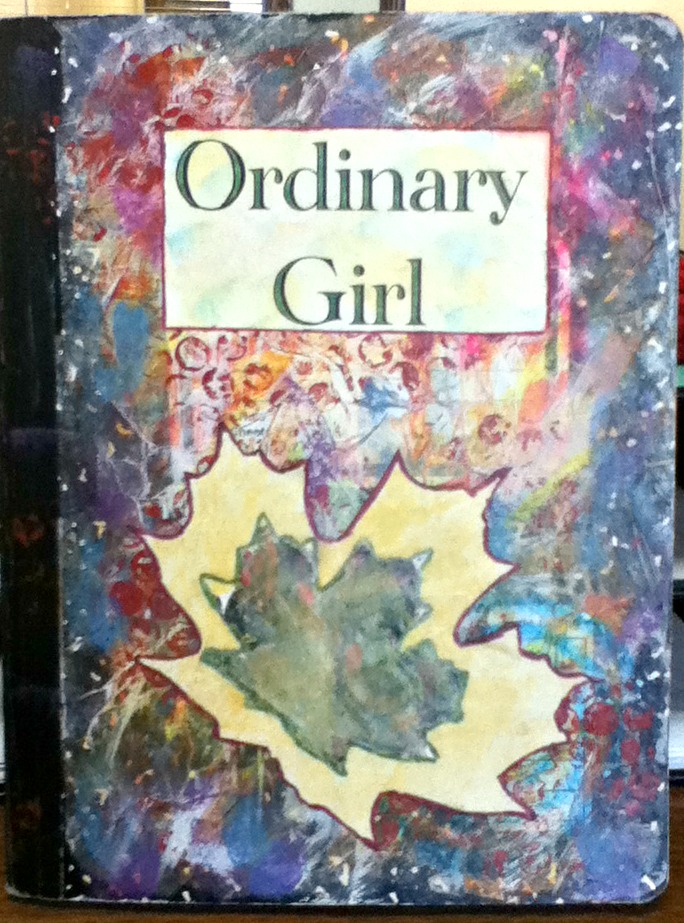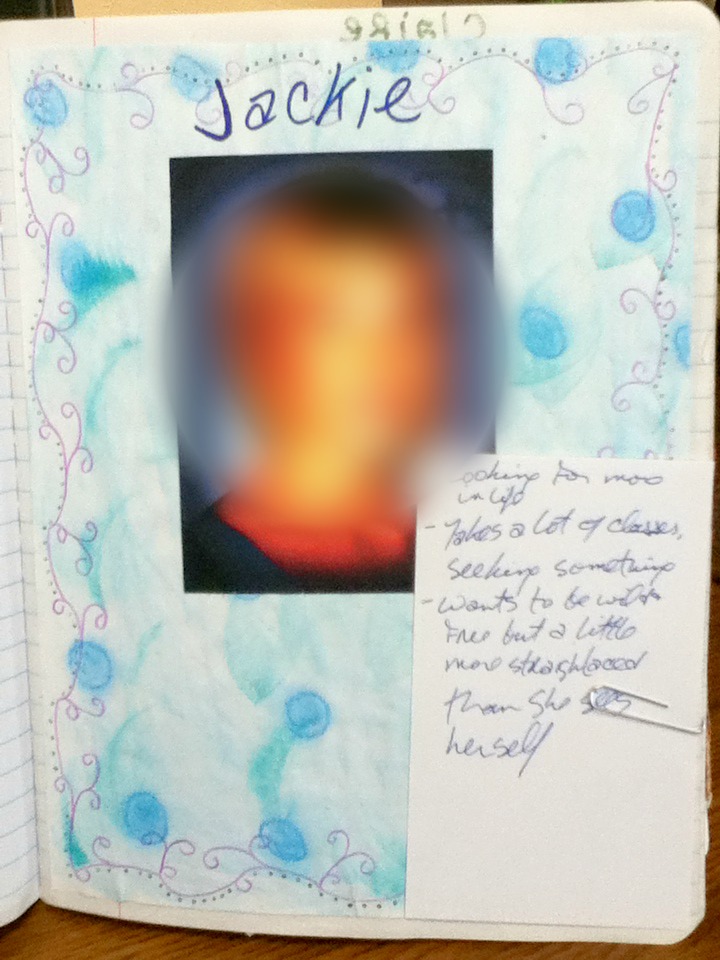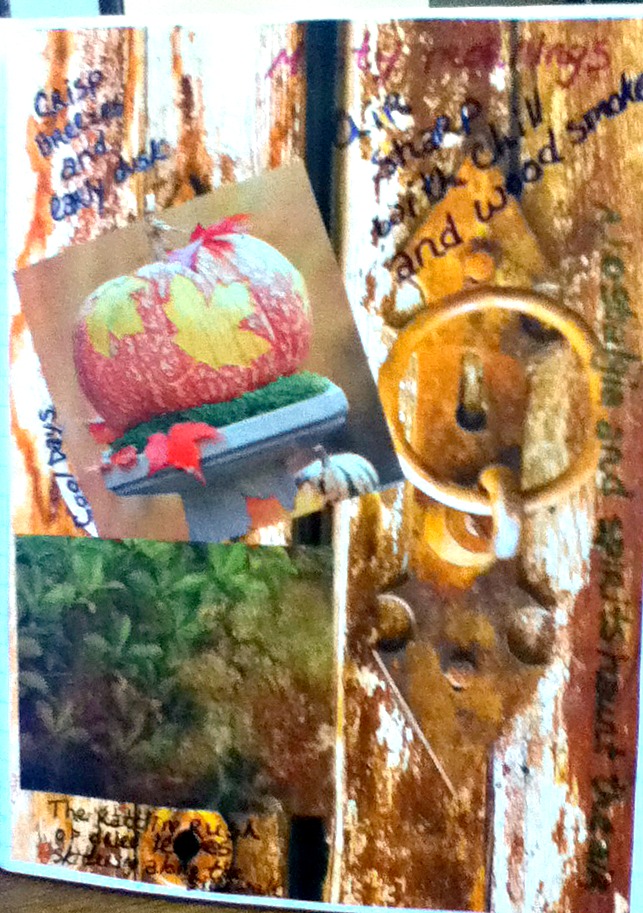Do you keep a writer’s notebook? How about a novel notebook? And what’s the difference anyhow?
A writer’s notebook is where you keep story ideas, bits of overheard or thought-up dialogue, character sketches, short bits of writing from prompts and exercises, etc. It’s where you gather all of the fodder for all of your stories, poems, essays—all of your writing.
A novel notebook is where you plan your novel (you could also do something similar for short stories).  It’s where you create the blueprint for your story.  While the writer’s notebook is for bits and pieces of writing and ideas for all of your stories, the novel notebook is specific to just one story.

In this digital age where we have software, apps, and websites for writing, note taking, mind mapping, image capturing, and just about every other thing a writer needs to get a novel written it might seem strange to talk about keeping an analog notebook. But I think that you develop a different relationship with your novel when you have something tactile to interact with, something to hold in your hand, something physical that represents your story.
Don't get me wrong; I still love my digital apps and widgets and whatnots. I use Evernote and Pinterest alongside my novel notebook to capture things I want to include in my story. Still, I believe that sometimes when you’re stuck or your story is sluggish, physically flipping through pages, pasting in sticky notes, touching your story can help the words flow again. You see things differently and process them differently when you’re looking through a notebook rather than clicking through digital documents.
So what goes in a novel notebook? Anything at all to do with your novel. Character sheets, lines of dialogue, ideas for scenes, descriptions of places, poems that remind you of your story, song lyrics (for Ordinary Girl two songs—“Jackie Blue†by the Ozark Mountain Daredevils and “Magic Man†by Heart remind me of two of my characters so those lyrics are in my notebook.). But it doesn't need to be just words. In fact, I think if you add in images you are giving yourself a much greater depth of fodder to draw from.

What else goes in a novel notebook?
- Maps—real or ones you create for your fictional places
- Lists—street and place names, character names, anything you might need several of throughout your novel
- Snippets of dialogue, action, or description that you might want to use later in the story
- Outlines and planning notes
- Short journal entries on what you want to write next (I got this idea from Sue Grafton in her essay “The Use of the Journal in Writing a Novel†in The Complete Handbook of Novel Writing. )
- Freewrites for figuring out what needs to happen next (for example, if you know Sue is at the docks and needs to get to the art museum to confront Adam but you don't know how this happens, set a timer for ten minutes and write anything that comes into your head)
- Story questions (another favorite tool to help you figure things out—my favorite is “why is Character X doing that?†You don't need to come up with an answer right away, either. Just write the question down and let it simmer.)
- Collages—I like to make overall collages that evoke the mood I want in my story (see the photo below). You can make collages for your characters' homes and wardrobes, collages of buildings you imagine your story happening in, etc.

I use collages like this to capture the feelings and moods I want in my story.
And, of course, anything else you think of that has to do with your novel will fit in your novel notebook, too. I hope you'll give a novel notebook a try. It's a great way to connect with your story and to loosen up your creativity to let your words flow.
